The Evolution of Injection Molding Technology
Injection molding technology has transformed the manufacturing landscape, revolutionizing how products are made. From its humble beginnings in the mid-19th century to today’s advanced techniques, this process has continuously evolved to meet the demands of various industries. It’s not just about shaping plastic; it’s about efficiency, precision, and scalability.
As manufacturers seek faster and more cost-effective methods, innovations in injection molding have emerged, incorporating automation, advanced materials, and sustainable practices. This evolution not only enhances production capabilities but also addresses environmental concerns, making it a pivotal player in modern manufacturing. Understanding this journey offers valuable insights into how businesses can leverage these advancements for competitive advantage.
The Evolution of Injection Molding Technology
The journey of injection molding technology began in the mid-19th century with the invention of the first injection molding machine by John Wesley Hyatt. This innovation laid the groundwork for mass production methods, allowing for the efficient creation of items like buttons and combs. Over the decades, significant advancements emerged, particularly in Precision Injection Molding, enhancing accuracy and detail in manufactured products.
The 20th century saw the introduction of materials such as thermoplastics and thermosets. These developments enabled manufacturers to produce complex geometries with increased durability and performance. Integrating computer-aided design (CAD) revolutionized Injection Molding Design, allowing for sophisticated 3D modeling and simulations that streamline the production process.
Advancements in automation became pivotal in enhancing productivity and reducing human error. Robotic systems now handle loading, unloading, and inspection tasks, minimizing cycle times while maximizing output. Furthermore, developments in sustainable practices, such as using biodegradable materials and energy-efficient machines, marked a significant shift towards environmentally friendly processes.
Currently, the injection molding industry continues to evolve, integrating smart technologies such as IoT and machine learning. These innovations further refine precision, monitoring systems, and production efficiency, positioning injection molding as a critical player in modern manufacturing.
Historical Overview
The evolution of injection molding technology showcases advancements that transformed manufacturing capabilities. Understanding its historical context highlights significant milestones shaping current practices.
Early Beginnings
In 1872, John Wesley Hyatt invented the first injection molding machine, marking the inception of this transformative process. Hyatt’s design utilized a hand-cranked plunger to inject soft thermoplastics into molds, primarily producing buttons and combs. This initial innovation laid the foundation for mass production methods, boosting efficiency and creating opportunities for scalable manufacturing.
Key Innovations
Key innovations in injection molding emerged throughout the 20th century, enhancing both design and manufacturing processes. The introduction of Precision Injection Molding allowed for intricate part designs, significantly improving product quality. Advancements in computer-aided design (CAD) paved the way for sophisticated Injection Molding Design, enabling simulation and analysis that optimized production workflows. These developments directly impacted productivity and the industry’s ability to meet diverse market demands.
Modern Advancements
Modern advancements in injection molding technology have greatly enhanced efficiency and precision in manufacturing processes. These developments focus on automation, materials science, and digital integration to meet industry demands.
Automation and Robotics
Automation plays a critical role in modern injection molding. Robots perform tasks like loading materials, managing part removal, and quality inspection, leading to reduced cycle times and increased productivity. Advanced robotic systems enable seamless integration with Precision Injection Molding, enhancing design capabilities and minimizing human error.
Materials Science Improvements
Materials science has evolved rapidly, introducing innovative materials into the injection molding process. Thermoplastics and engineered composites now provide greater durability and design flexibility in injection molding design. Advanced materials allow for the production of complex parts that meet stringent performance requirements across various industries.
Environmental Considerations
Environmental considerations play a crucial role in the evolution of injection molding technology. Sustainable practices and effective recycling methods significantly impact manufacturing processes and resource management.
Sustainable Practices
Sustainable practices in injection molding focus on reducing waste and energy consumption. Utilizing energy-efficient machines decreases operational costs and minimizes carbon footprints. The adoption of biodegradable materials fosters environmentally friendly manufacturing, promoting a shift in Injection Molding Design. Implementing Precision Injection Molding techniques further enhances material efficiency, reducing excess and ensuring responsible production.
Recycling in Injection Molding
Recycling in injection molding contributes to resource conservation and waste reduction. Materials like thermoplastics are highly recyclable, allowing manufacturers to reclaim and reuse them in production processes. This recycling approach supports efficient resource management and promotes sustainability within the industry. Implementing closed-loop recycling systems ensures minimal waste and reinforces the commitment to environmentally responsible practices in injection molding.
Future Trends
Emerging technologies and market predictions indicate significant advancements in injection molding. These developments shape the future of manufacturing across various sectors.
Emerging Technologies
Innovations like smart manufacturing, real-time data analytics, and advanced robotics enhance Precision Injection Molding capabilities. Technologies such as 3D printing enable faster prototyping and complex Injection Molding Design. Moreover, integrating IoT solutions improves monitoring and maintenance, reducing downtime and increasing efficiency.
Market Predictions
Experts anticipate consistent growth in the injection molding market, driven by rising demand for lightweight materials and sustainable practices. By 2028, the market is expected to reach $300 billion globally, with increased investments in automation and smart technologies. The focus on Precision Injection Molding techniques will continue, enabling manufacturers to produce high-quality parts efficiently and meet evolving consumer needs.
Conclusion
Injection molding technology has undergone remarkable transformations since its inception. These advancements have improved manufacturing efficiency and addressed environmental challenges through sustainable practices. As the industry embraces smart technologies and innovative materials, it’s poised for continued growth and evolution.
Manufacturers who stay ahead of these trends will likely find themselves at the forefront of a competitive landscape. The ongoing integration of automation and precision techniques promises to redefine production capabilities. Keeping an eye on these developments will be crucial for businesses aiming to thrive in the ever-changing world of manufacturing.

